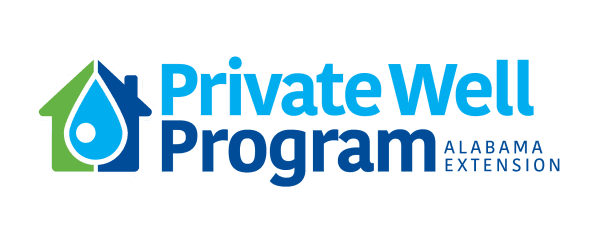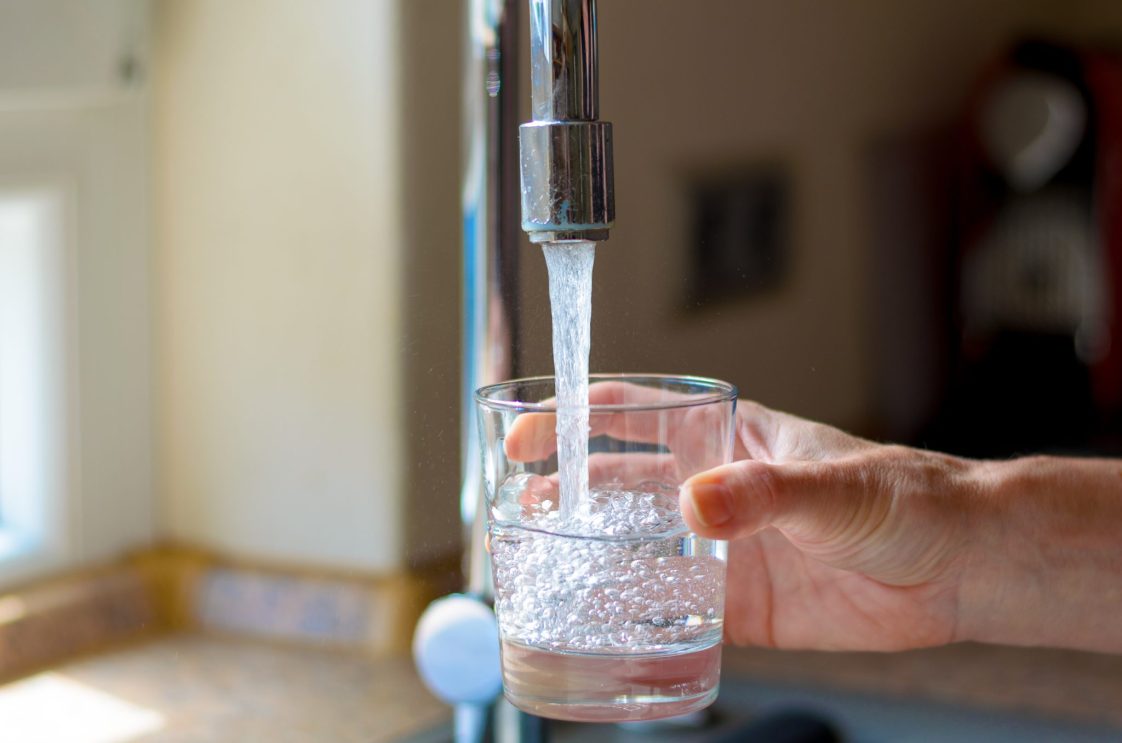Fish & Water

The United States Environmental Protection Agency (EPA) enforces public drinking water standards under the authority of the Safe Drinking Water Act (SDWA) and has set legal limits on over 90 contaminants in drinking water. These contaminants can be separated into two categories: primary and secondary standards. Most labs will compare water quality test results to levels set by the EPA. These guidelines are not enforced for private well owners, but the comparison of test results to the EPA guidelines allows a well owner to assess where their well’s water quality stands.
Primary Contaminants
Primary standards have strict levels to protect human health and have maximum contaminant levels (MCLs) set to avoid harm from long-term exposure. Alternatively, secondary standards do not pose health concerns for humans and instead are suggested for aesthetic purposes. These secondary standards also have maximum contaminant levels (SMCLs), but they are not enforced and only provide guidelines for maintaining desirable taste, color, and odor.
Private wells are not included in the SDWA or other regulations. Therefore, owners benefit from knowing the common parameters of water quality and regularly testing their well water. An alternate drinking source or a treatment plan should be established if an owner’s well water contains contaminant concentrations greater than the MCLs set by the EPA.
Primary drinking water standards can be broken down by the following:
- Microbial. Microorganisms such as bacteria and viruses
- Inorganic chemicals. Substances not derived from living organisms, such as arsenic and lead
- Organic chemicals. Compounds derived from living organisms
- Radioactive elements
Table 1 provides a selection of primary contaminants that may be seen in private wells.
Table 1. Common Primary Contaminants and Maximum Contaminant Levels (MCL)
*No more than 5.0% of the samples can be positive for total coliform bacteria.
**At no time can turbidity go above five nephelometric turbidity units (NTU). Systems that filter must ensure that the turbidity go no higher than one NTU (0.5 NTU for conventional or direct filtration) in at least 95% of the daily samples in any month. As of January 1, 2002, for systems servicing >10,000 and January 14, 2005, for systems servicing <10,000, turbidity may never exceed one NTU, and must not exceed 0.3 NTU in 95% of daily samples in any month.
***Lead and copper are regulated by a treatment technique that requires systems to control the corrosiveness of their water. If more than 10 percent of tap water samples exceed the action level, water systems must take additional steps. For copper, the action level is 1.3 mg/L, and for lead is 0.015 mg/L.
| Contaminant | Maximum Contaminant Levels (mg/L) |
|---|---|
| Total Coliforms (including fecal coliform and E. coli) | 5.0%* |
| Turbidity | TT** |
| Chlorite | 1.0 |
| Bromate | 0.010 |
| Arsenic | 0.010 |
| Total Chromium | 0.1 |
| Copper*** | 1.3 |
| Cyanide | 0.2 |
| Fluoride | 4.0 |
| Lead*** | 0.015** |
| Nitrate | 10.0 |
| Nitrite | 1.0 |
Secondary Contaminants
Secondary drinking water standards are unenforceable guidelines regulating contaminants that may cause cosmetic, technical, or aesthetic effects. EPA believes that if these contaminants are present in water at levels above these standards, the contaminants may cause the water to appear cloudy, have a different color, or taste/smell bad. This may cause a great number of people to stop using water from their public water system even though the water is actually safe to drink.
Secondary standards can be grouped into the following three categories:
- Aesthetic effects. Undesirable tastes or odors
- Cosmetic effects. Effects that do not damage the body but are still undesirable
- Technical effects. Damage to water equipment or reduced effectiveness of treatment for other contaminants
Secondary standards are set to give public water systems some guidance on removing these chemicals to levels that are below what most people will find to be noticeable. Table 2. shows some common secondary contaminants.
Table 2. Secondary Contaminants and Maximum Contaminant Levels (SMCL)
| Contaminant | Secondary Maximum Contaminant Levels (mg/L) |
|---|---|
| Aluminum | 0.05 to 0.2 |
| Chloride | 250 |
| Copper | 1.0 |
| Corrosivity | Non-corrosive |
| Fluoride | 2.0 |
| Foaming agents | 0.5 |
| Iron | 0.3 |
| Manganese | 0.05 |
| pH | 6.5 - 8.5 |
| Silver | 0.1 |
| Sulfate | 250 |
| Total dissolved solids | 500 |
| Zinc | 5 |
More Information
For more information about private water wells, visit the Private Well Program section of www.aces.edu.


